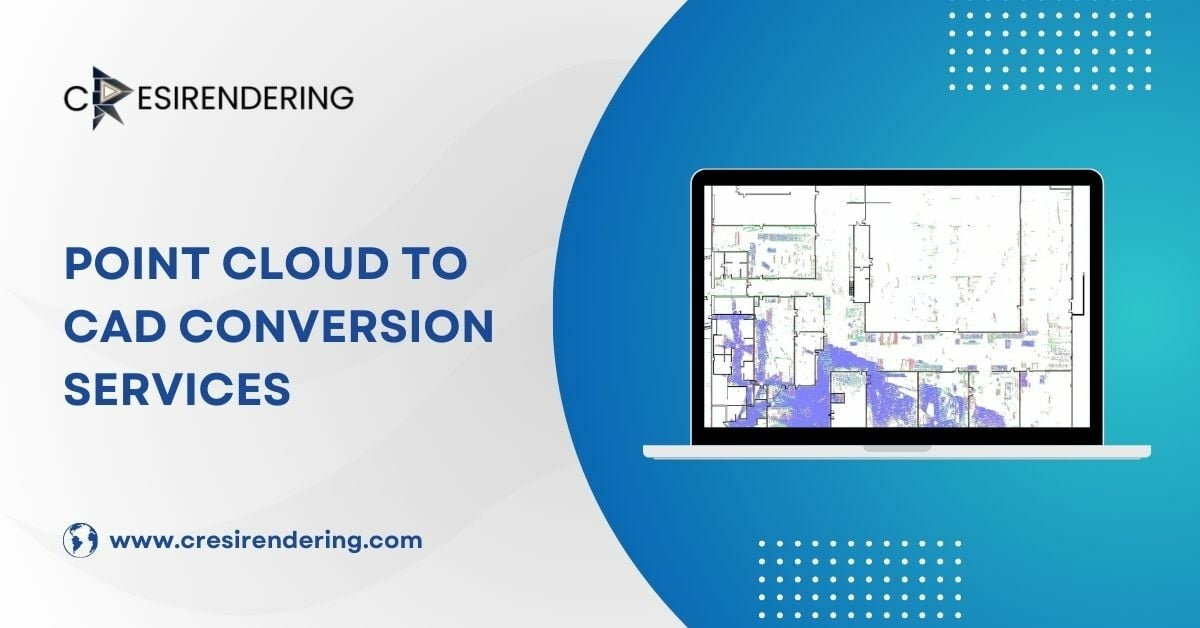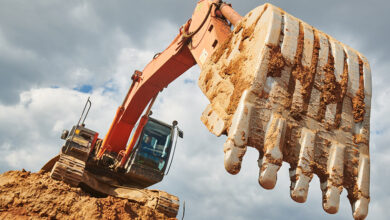In the rapidly evolving world of design and manufacturing, precision and accuracy are paramount. Industries such as automotive, aerospace, architecture, and product design rely heavily on accurate digital models to bring their ideas to life. This is where Point Cloud to CAD Conversion Service come into play.
By transforming 3D scan data into precise CAD models, these services bridge the gap between physical objects and digital design, offering a host of benefits that are indispensable in today’s competitive landscape.
What is Point Cloud to CAD Conversion?
Point Cloud Scan to CAD conversion is a process that involves capturing the physical dimensions of an object using 3D scanning technology and then converting that data into a Computer-Aided Design (CAD) model.
The CAD model is a digital representation of the object, complete with all its geometric details. This conversion process allows designers and engineers to work with a digital version of a physical object, enabling them to analyze, modify, and improve the design with ease.
The Process of Point Cloud to CAD Conversion Services
Step 1: 3D Scanning
The first step in the Point Cloud to CAD conversion process is 3D scanning. This involves using a 3D scanner to capture the physical dimensions of an object.
The scanner emits a laser or light to measure the object’s surface, creating a point cloud, which is a collection of data points that represent the object in 3D space.
Step 2: Point Cloud Processing
Once the scan is complete, the point cloud data is processed to remove any noise or unnecessary points. This step is crucial as it ensures that the data is clean and ready for conversion into a CAD model.
Step 3: Mesh Generation
After processing the point cloud, a mesh is generated. A mesh is a network of interconnected vertices, edges, and faces that define the shape of the object. The mesh provides a more defined and detailed representation of the scanned object.
Step 4: CAD Model Creation
The final step is converting the mesh into a CAD model. This involves using specialized software to translate the mesh data into a precise, editable CAD format.
The resulting CAD model can then be used for various purposes, including design modification, reverse engineering, and quality inspection.
Why Choose Point Cloud to CAD Conversion Services?
Point Cloud to CAD conversion services offer several advantages, making them an essential tool for industries that require high levels of accuracy and detail in their designs.
1. Precision and Accuracy
One of the primary benefits of Scan to AutoCAD conversion is the high level of precision it offers. 3D scanners can capture minute details that might be difficult or impossible to measure manually. This level of accuracy is crucial in industries like aerospace and automotive, where even the smallest design flaw can lead to significant issues.
2. Time Efficiency
Traditional methods of creating CAD models from physical objects can be time-consuming and labor-intensive. 3D Laser Scan to CAD conversion streamlines this process, reducing the time required to create accurate digital models.
This efficiency allows companies to accelerate their design and production processes, leading to faster time-to-market.
3. Cost-Effectiveness
By reducing the time and labor involved in creating CAD models, Scan to AutoCAD conversion can significantly lower costs.
Additionally, the accuracy of the digital models reduces the likelihood of costly errors and rework, further contributing to cost savings.
4. Versatility
Point Cloud to CAD conversion service is a versatile solution that can be applied to a wide range of objects, regardless of their size, complexity, or material.
Whether you need to create a digital model of a small component or a large structure, Scan to CAD conversion can handle the task with ease.
5. Reverse Engineering
One of the most significant applications of Scan to CAD conversion is in reverse engineering. By converting a physical object into a CAD model, engineers can study the design and functionality of the object, identify potential improvements, and create new designs based on the original.
6. Quality Control
In industries where quality control is paramount, Point Cloud to CAD conversion service plays a critical role. By comparing the CAD model to the original design specifications, companies can identify deviations and ensure that the final product meets the required standards.
Usage of Point Cloud Scan to CAD Conversion
Point Cloud to CAD conversion services are used across various industries, each benefiting from the precision and efficiency that these services offer.
Automotive
In the automotive industry, Scan to CAD conversion is used for reverse engineering, quality control, and the design of custom parts and accessories.
By creating accurate digital models, automotive manufacturers can ensure that their vehicles meet stringent safety and performance standards.
Aerospace
The aerospace industry relies on Point Cloud to CAD conversion to create precise models of aircraft components, enabling engineers to design parts that are both lightweight and durable. The accuracy of the CAD models also plays a crucial role in ensuring the safety and reliability of aircraft.
Architecture and Construction
Architects and construction professionals use Scan to AutoCAD conversion to create digital models of buildings and structures.
These models are used for design visualization, structural analysis, and renovation planning, allowing for more efficient project management.
Product Design
In product design, Scan to CAD conversion is used to create digital prototypes of new products. These prototypes can be tested and modified before moving to production, reducing the risk of design flaws and ensuring that the final product meets consumer expectations.
Conclusion
In an era where precision, efficiency, and innovation are key to staying competitive, Point Cloud to CAD conversion services have become indispensable.
By transforming physical objects into accurate digital models, these services enable industries to streamline their design processes, reduce costs, and improve product quality.
Whether you’re in automotive, aerospace, architecture, or product design, Scan to AutoCAD conversion offers a powerful solution to meet your digital modeling needs.
To read more useful blogs, visit Bamperman





